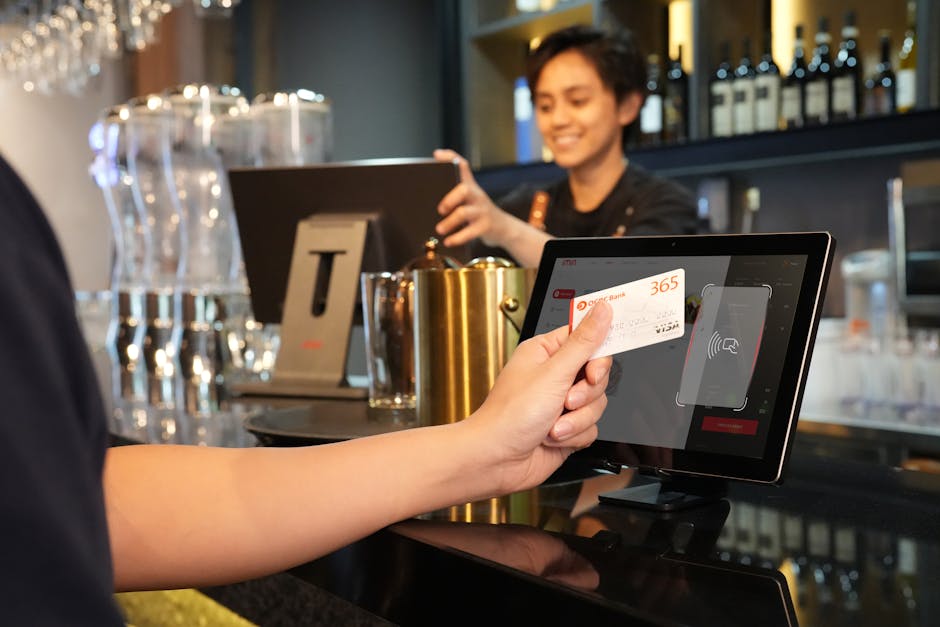Overview of NFC Technology and Its Functionality
Overview of NFC Technology and Its Functionality
Blog Article

Near Field Communication (NFC) technology has reshaped the way we interact with devices and share information. By enabling short-range wireless communication between compatible devices, NFC technology offers a convenient method for exchanging data, making payments, and connecting to other devices seamlessly. This article explores NFC-enabled devices, their unique features, and practical applications that enhance everyday life.
Overview of NFC Technology and Its Functionality
NFC technology operates on a simple principle: it allows two devices to communicate when they are brought within close proximity, typically within a few centimeters. This functionality makes it ideal for various applications such as mobile payments, access control, and data sharing. NFC works by using electromagnetic fields to transfer data, which means that the devices do not require an active internet connection to function. This ease of use and efficiency has led to a growing number of NFC-enabled devices across different sectors.
Types of NFC-Enabled Devices and Their Features
There is a diverse range of NFC-enabled devices that cater to various needs, each equipped with unique features that enhance user experience. Here are some prominent types:
Smartphones
One of the most common types of NFC-enabled devices is smartphones. Many modern smartphones are equipped with this technology, allowing users to make contactless payments, share files, and connect to other devices effortlessly. With built-in NFC capabilities, users can utilize mobile wallets for secure transactions, making everyday purchases quick and convenient.
Wearables
Wearable devices, such as smartwatches and fitness trackers, also leverage NFC technology. These devices often feature contactless payment options, allowing users to make purchases directly from their wrist without needing to pull out a phone or wallet. Additionally, wearables can utilize NFC for pairing with other devices, such as headphones or smart home gadgets, streamlining the connectivity process.
Smart Home Gadgets
In the realm of smart home technology, numerous gadgets utilize NFC to enhance user interaction. Products like smart locks and home automation systems allow users to control their environment with just a tap. For instance, an NFC-enabled smart lock can be unlocked by simply tapping a smartphone against it, providing a secure yet convenient method for home access.
Payment Solutions and POS Systems
NFC technology has also made significant strides in the retail space. Point of Sale (POS) systems that support NFC-enabled devices allow merchants to process payments quickly and securely. These systems offer a seamless checkout experience for customers, reducing wait times and increasing efficiency. For more information on handheld POS systems with NFC capabilities, you can explore [this link](https://www.senraise.com/handheld-pos-with-nfc.html).
Practical Applications and Benefits of Using NFC-Enabled Devices
The practical applications of NFC technology are vast and continue to grow as more devices adopt this capability. Here are some notable benefits:
Contactless Payments
One of the most significant advantages of NFC-enabled devices is their ability to facilitate contactless payments. This method not only speeds up the transaction process but also enhances security, as payment information is transmitted quickly and with encryption. Users can make purchases without needing to physically swipe a card or enter a PIN, making it a preferred option for many consumers.
Data Sharing
NFC technology simplifies data sharing between devices. For instance, users can easily transfer photos, contacts, and other files by placing two NFC-enabled devices close together. This ease of use fosters a more connected experience, allowing for quick and efficient communication.
Enhanced User Experiences
NFC-enabled devices contribute to a more streamlined user experience across various applications. With the ability to connect and communicate effortlessly, users enjoy greater convenience in their daily activities. Whether unlocking a door, making a payment, or sharing information, NFC technology enhances interaction and simplifies processes.
In conclusion, NFC-enabled devices represent a significant advancement in technology, offering numerous benefits and practical applications. As this technology continues to evolve, it promises to further integrate into our daily lives, making tasks more efficient and enhancing overall user experiences.
Report this page